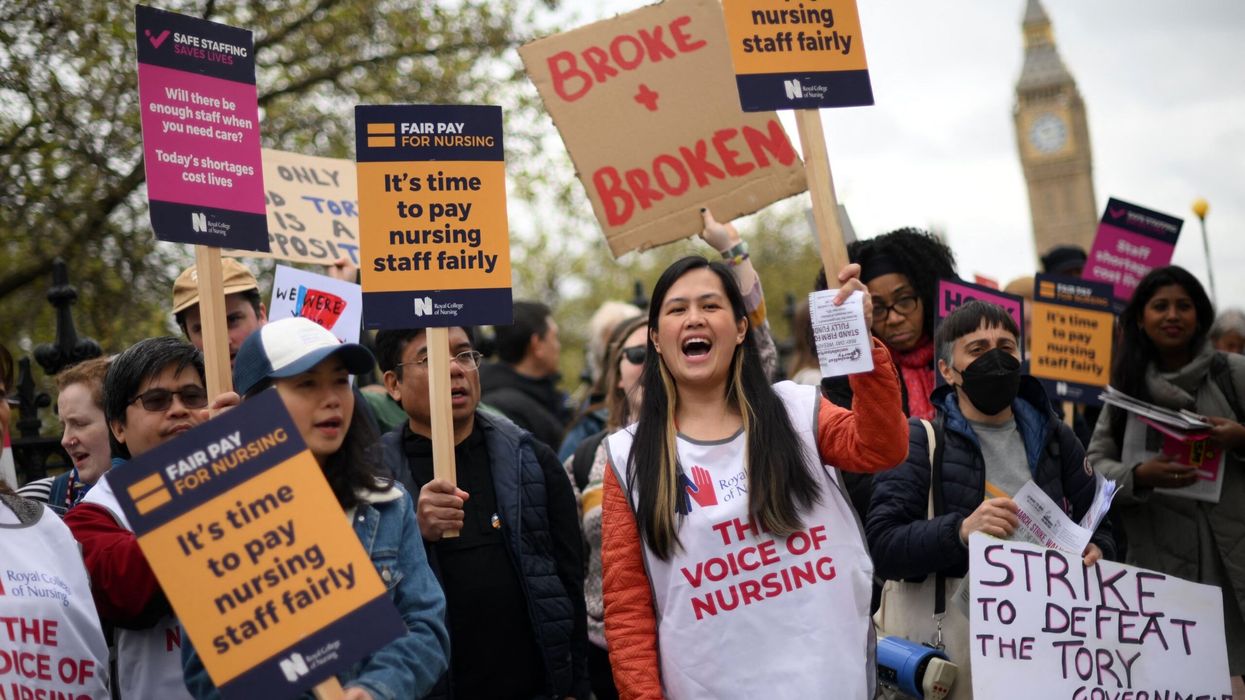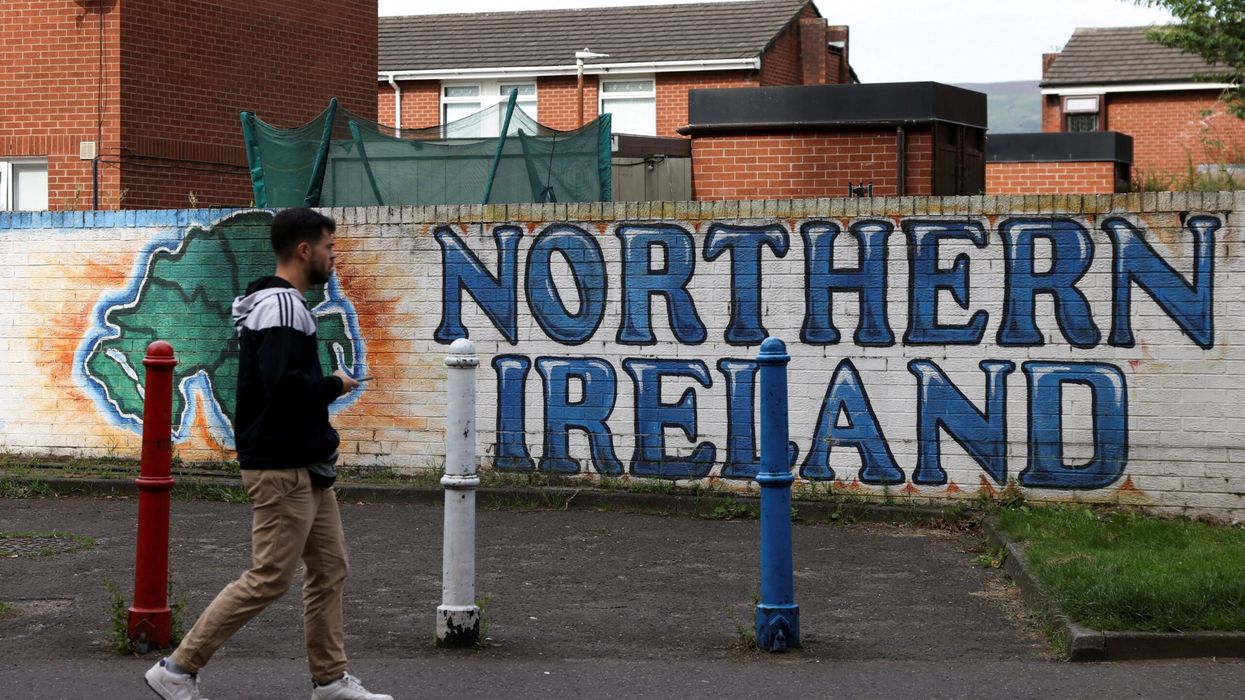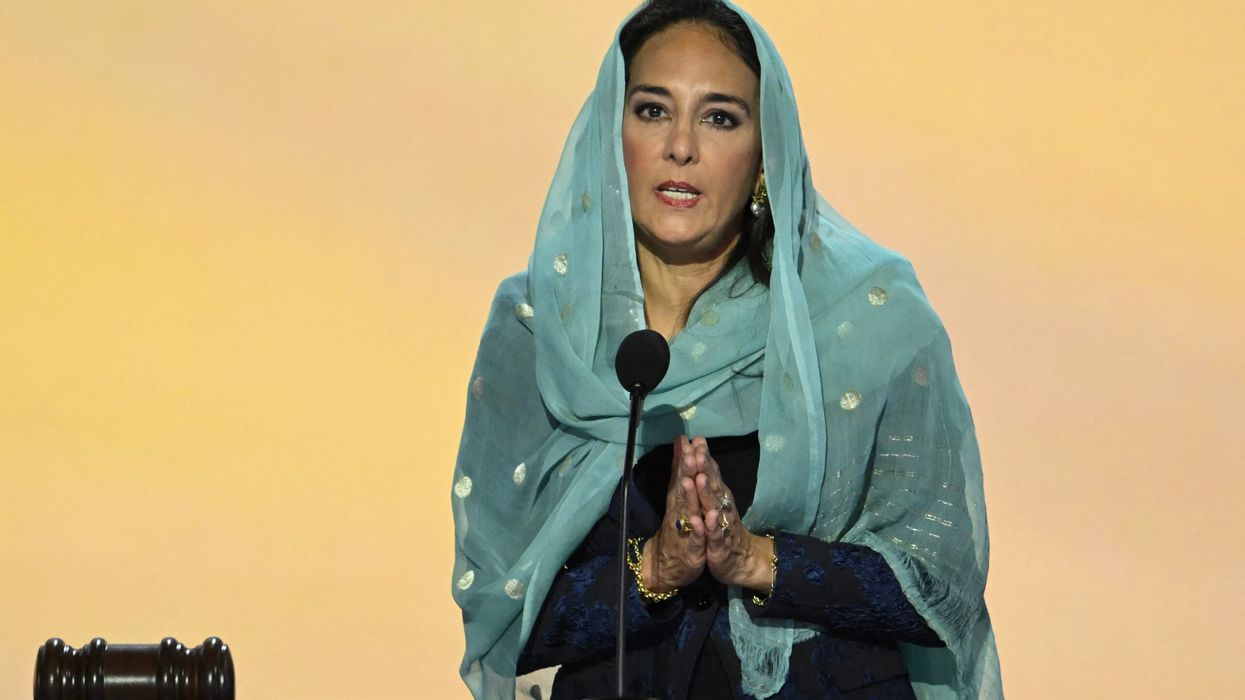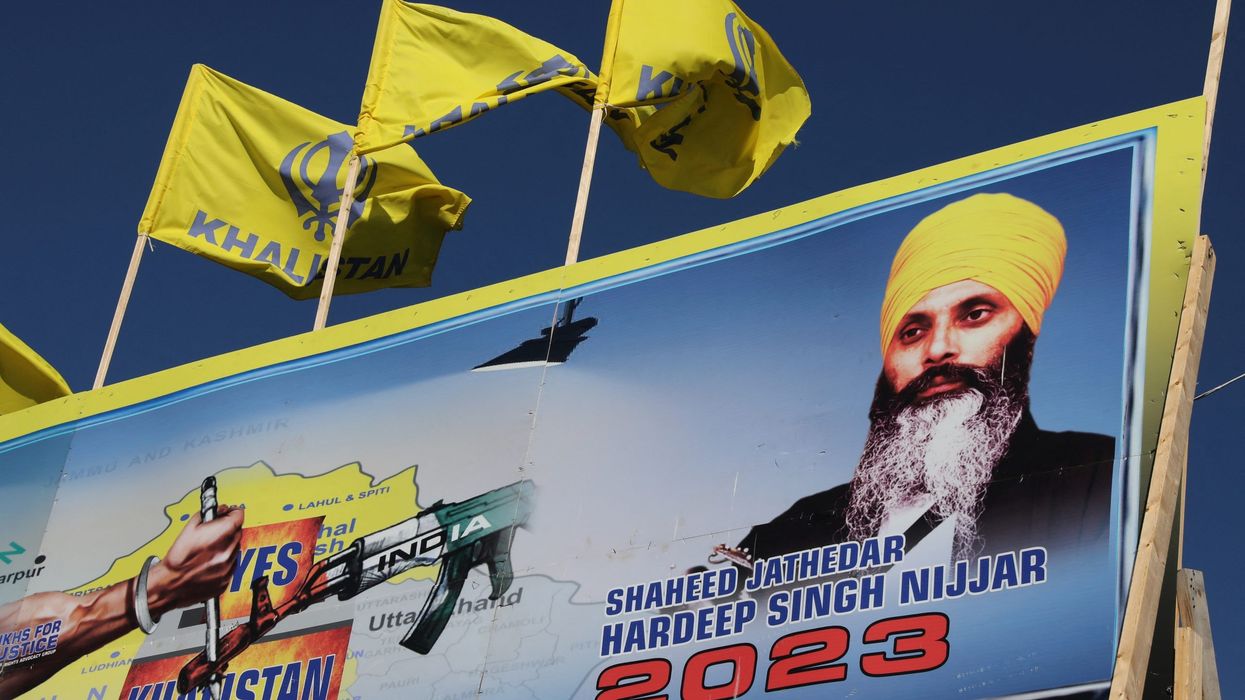A Brazilian bodybuilder dubbed as ‘Brazilian Hulk’, who injected himself with oil for bigger muscles, died on his 55th birthday earlier this week.
Valdir Segato had reportedly been using fatal injections of Synthol for years to 'develop huge muscles'.
He considered Arnold Schwarzenegger and the fictional character the Hulk as his inspirations.
Synthol usually consists of a mixture of oil, benzyl alcohol and lidocaine and can cause various health issues. Reports said that Valdir had injected anabolic steroids earlier.
“They call me Hulk, Schwarzenegger and He-Man all the time and I like that. I’ve doubled my biceps but I still want to be bigger,” he told the Daily Mail in 2016.
His biceps grew up to 23 inches after he started injections. Doctors warned the São Paulo native he would face amputation, or at least nerve damage and muscle disfigurement if he continues to take these injections.
He posted images of his body transformation on social media. He had 1.7 million followers on TikTok. One of his hit videos on the social media platform received 5.8 million views and 36,900 likes.
According to reports, the strange bodybuilder complained about shortness of breath on the day of his demise. Local reports said that he had led a lonely life with few friends or visitors.
“It was around 6 a.m., more or less. He came crawling through the back house and came to the front. Then he knocked on my mother’s window, knocked, knocked, then she woke up and he said ‘Help me, help me because I’m dying,’” Segato’s friend Fernando Carvalho da Silva was quoted as saying by local media outlets.
Though he was rushed to a medical facility, he fell at reception. Reports said that the cause of death was a heart attack.
“I get a lot of criticism on social media networks, but I also have millions of fans around the world. People who love me and some who hate me, but I can't please everyone so I take everything on board and try not to worry about other people’s opinions," Segato claimed in an earlier interview.













